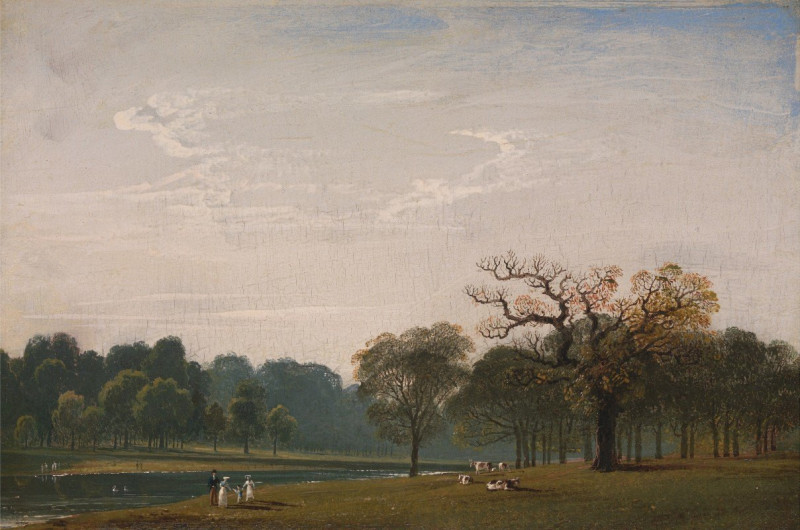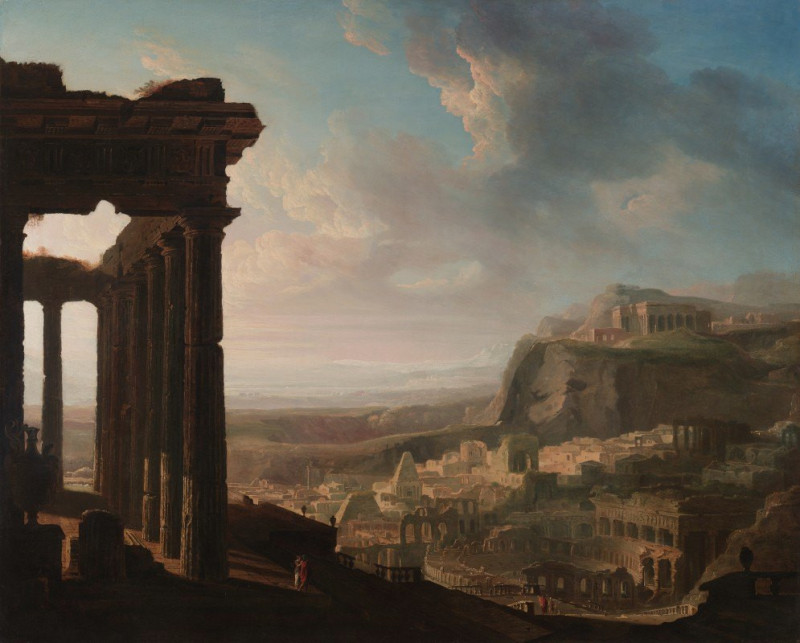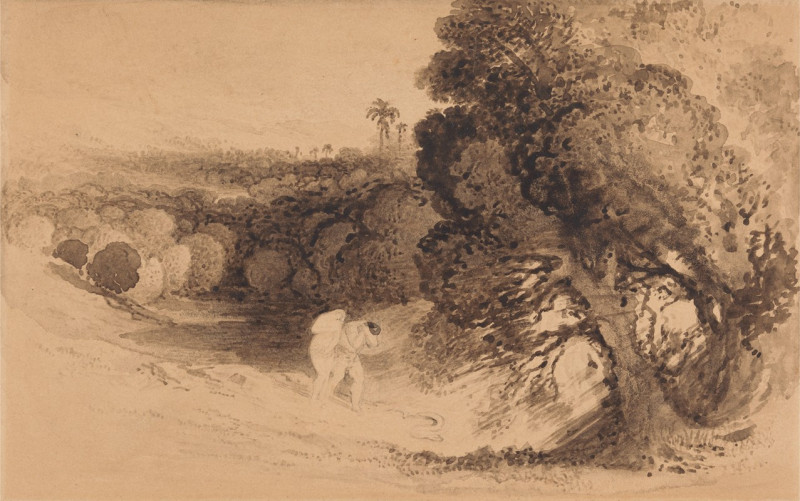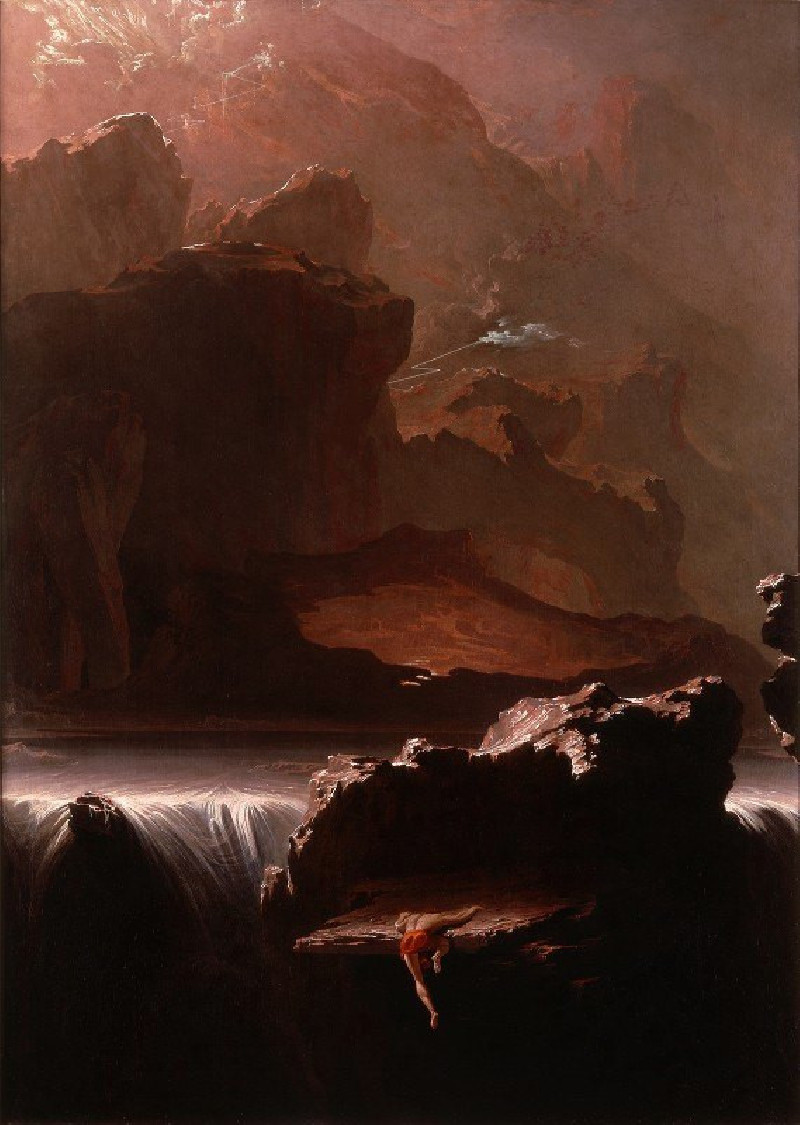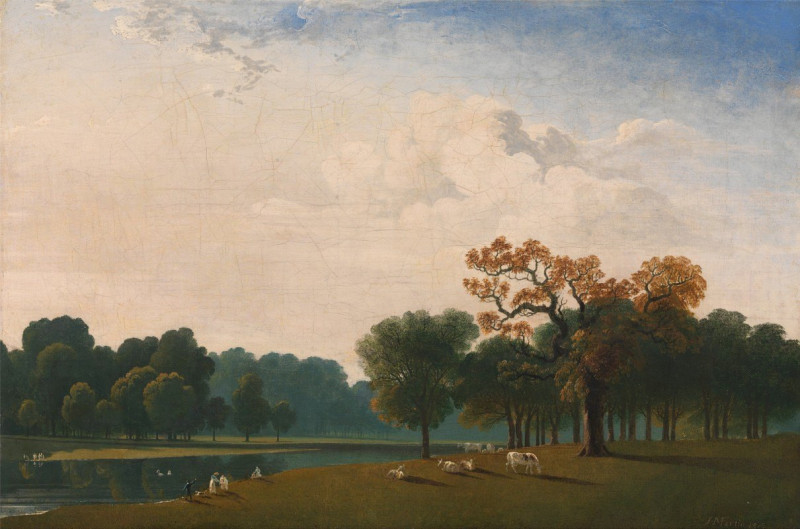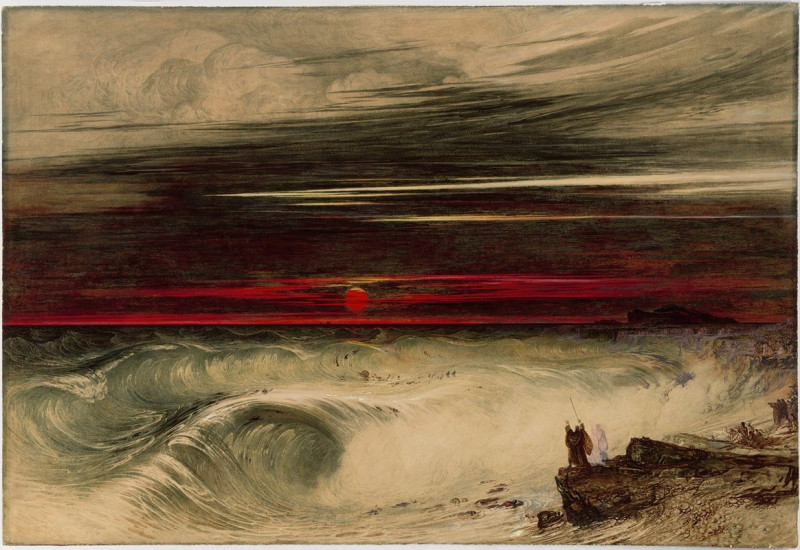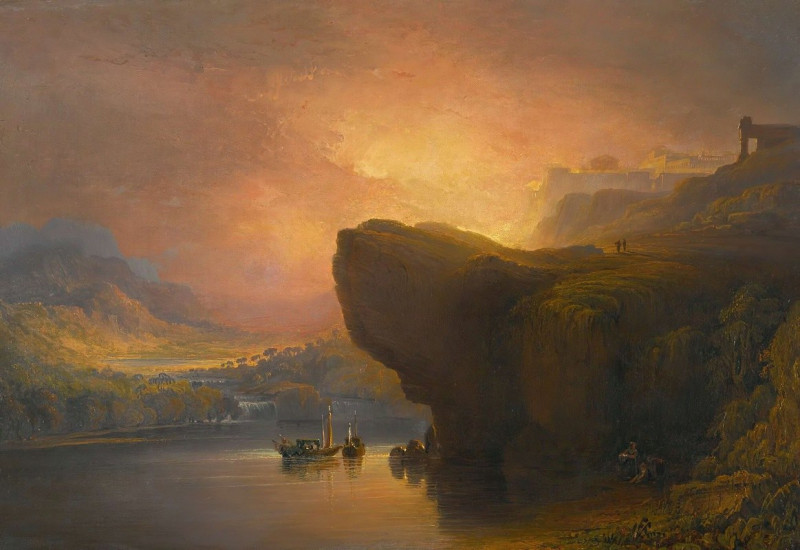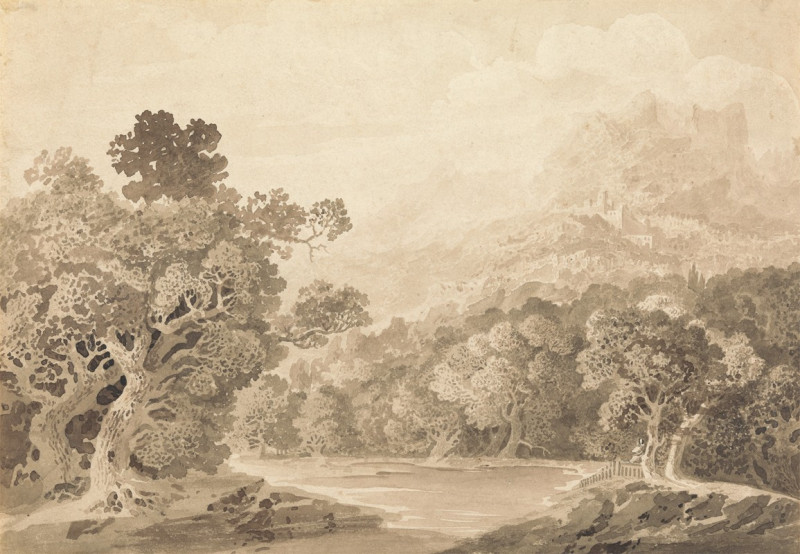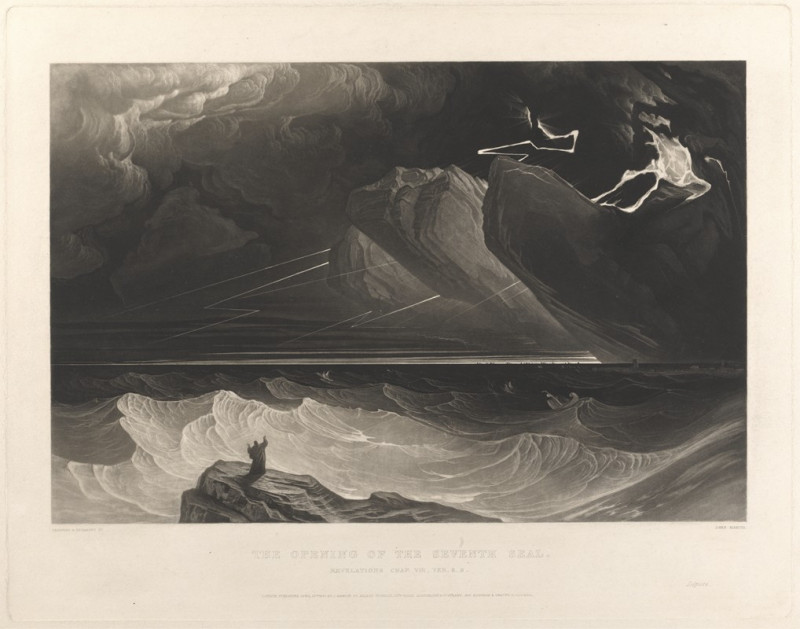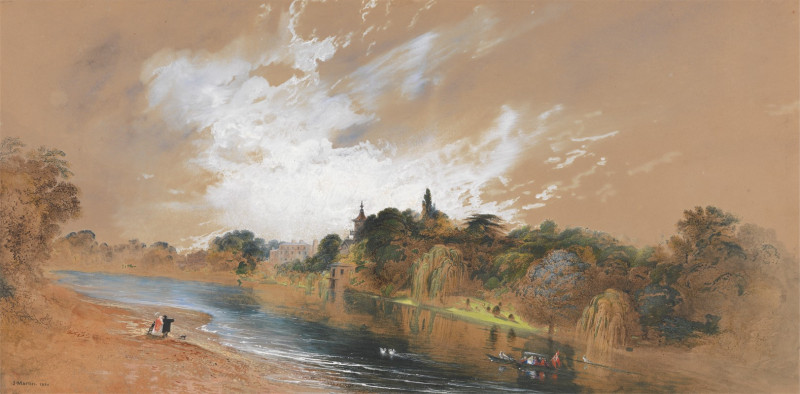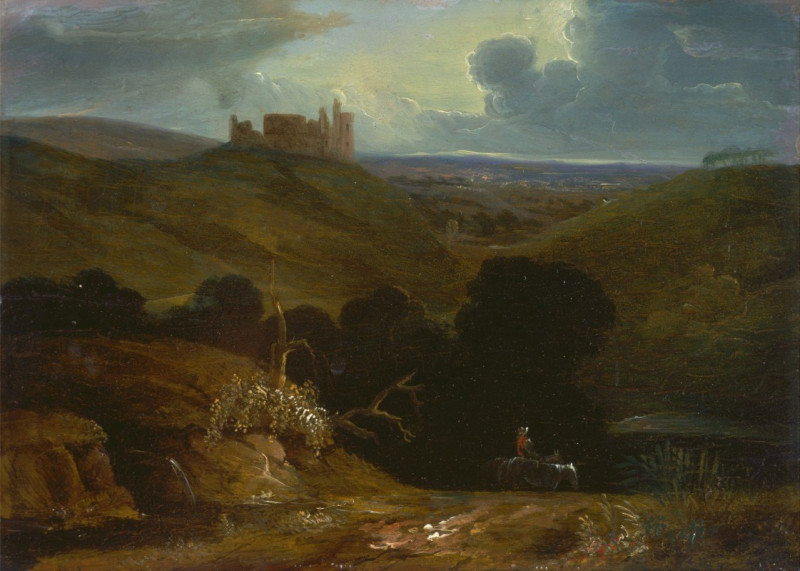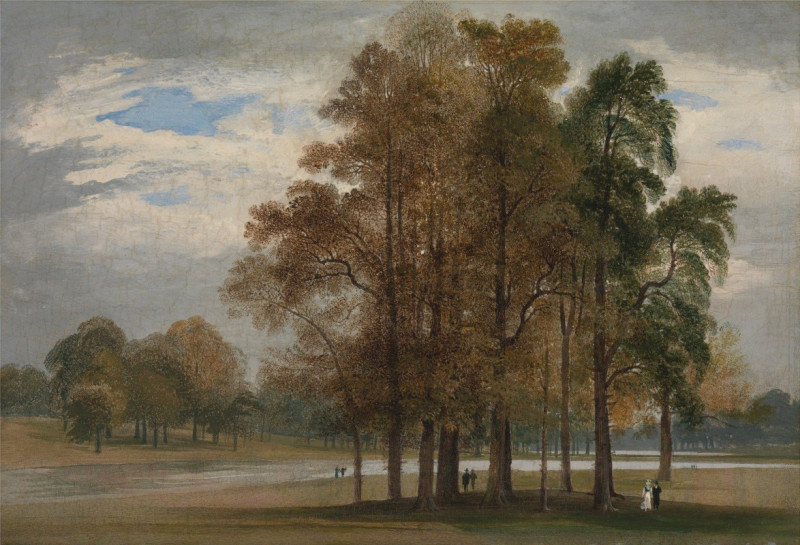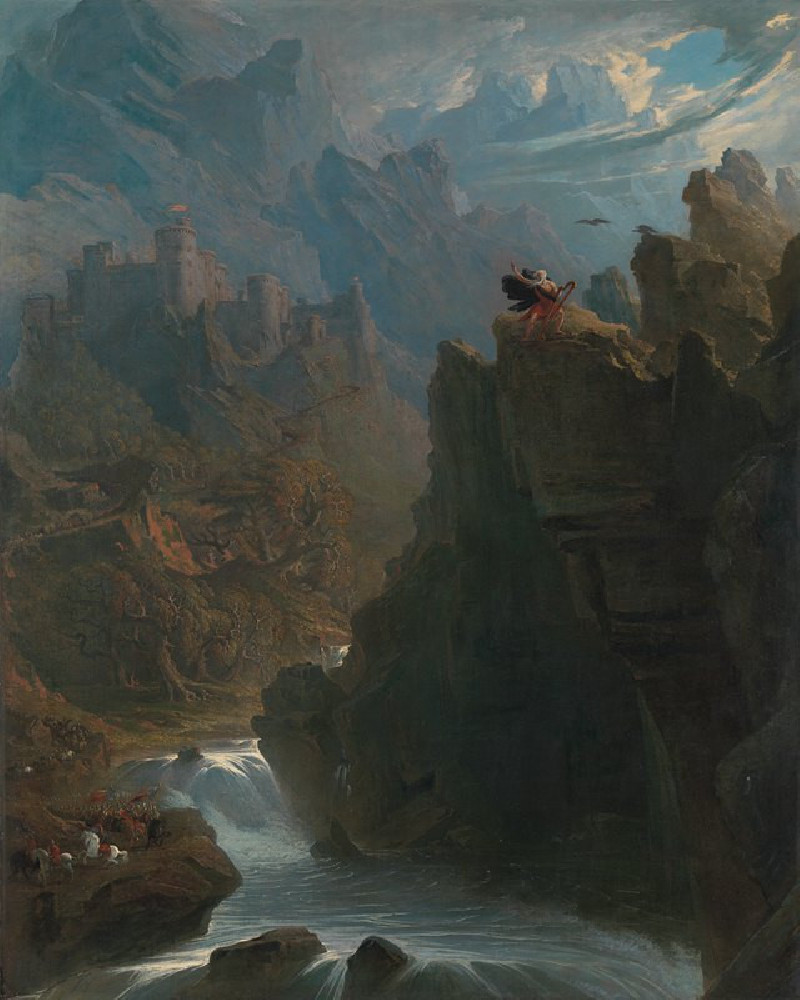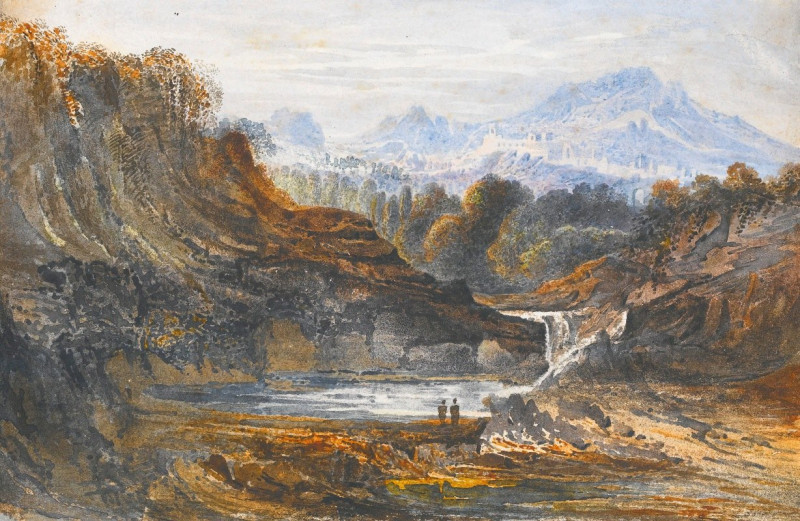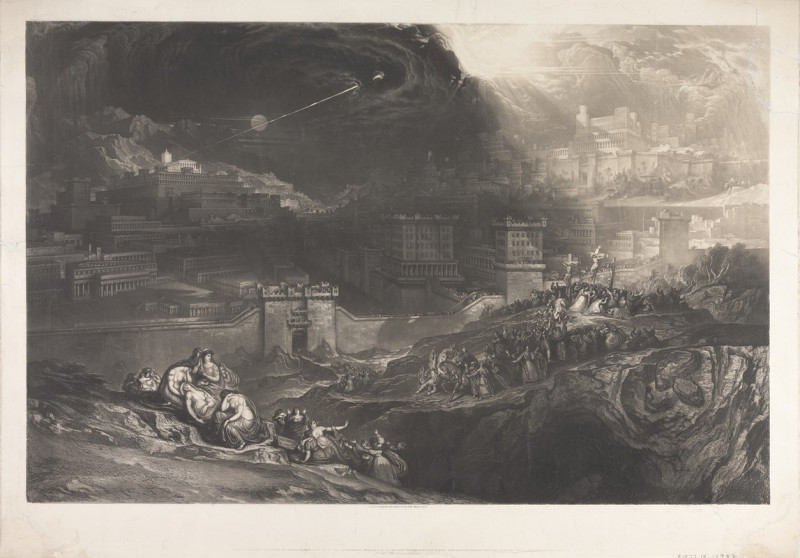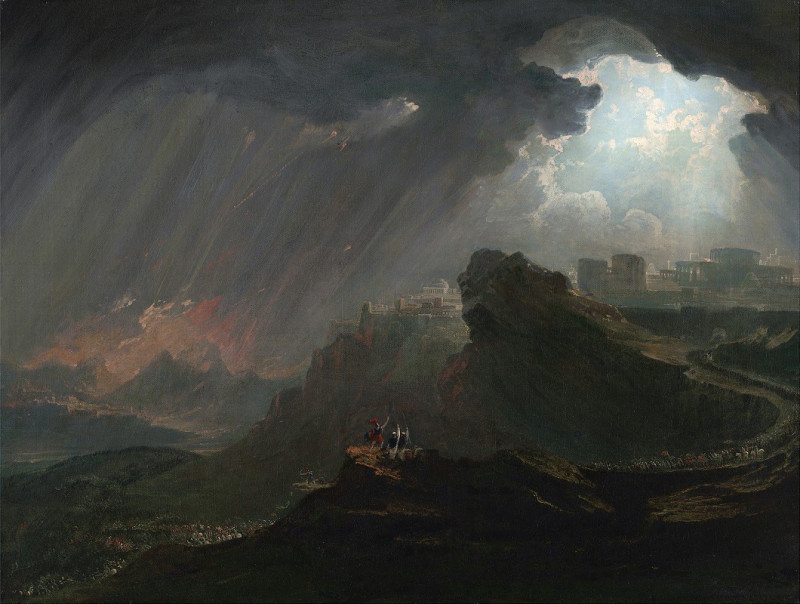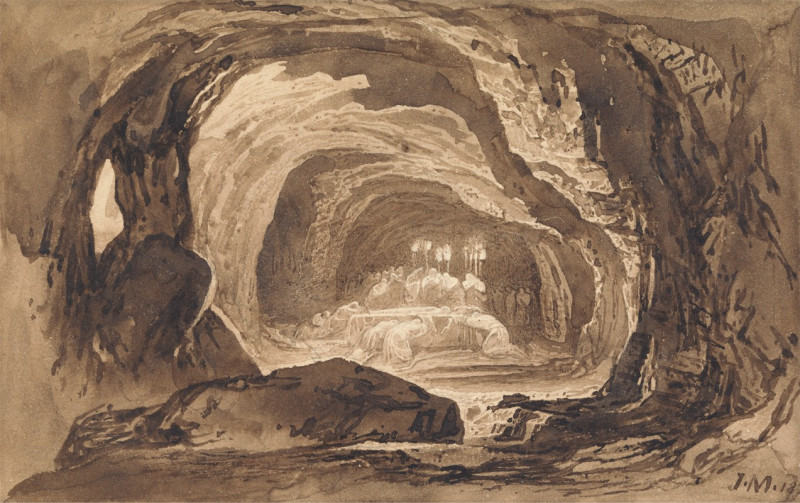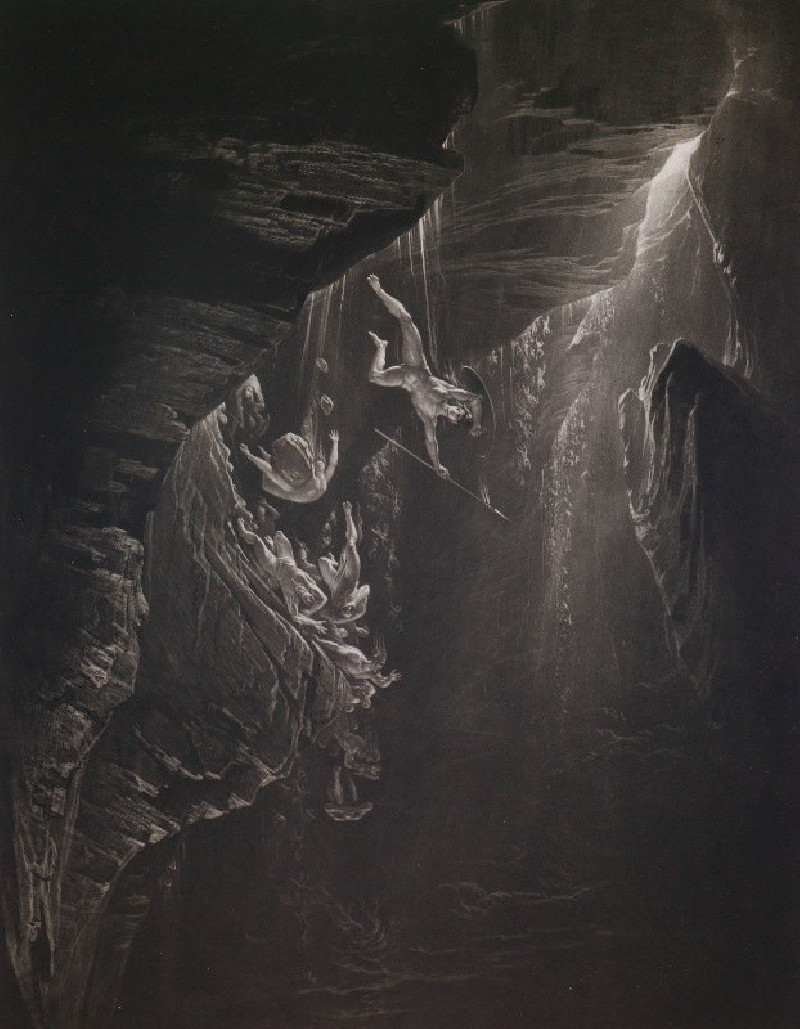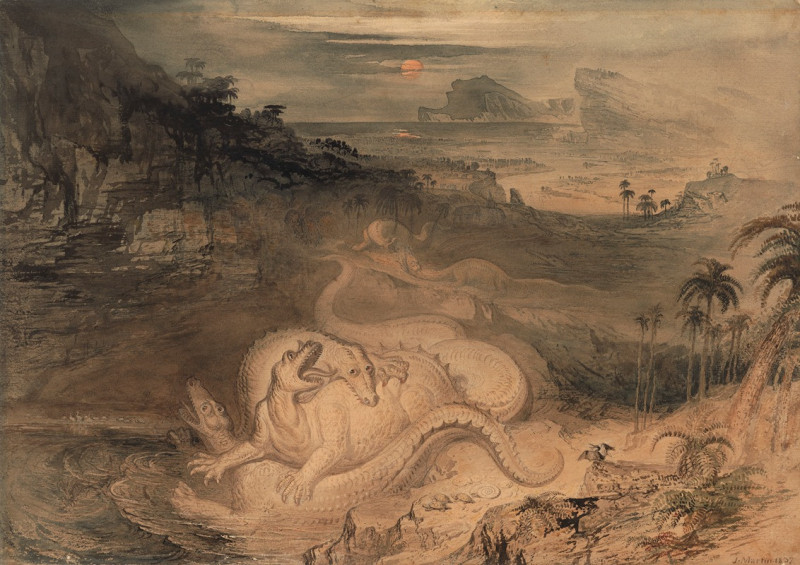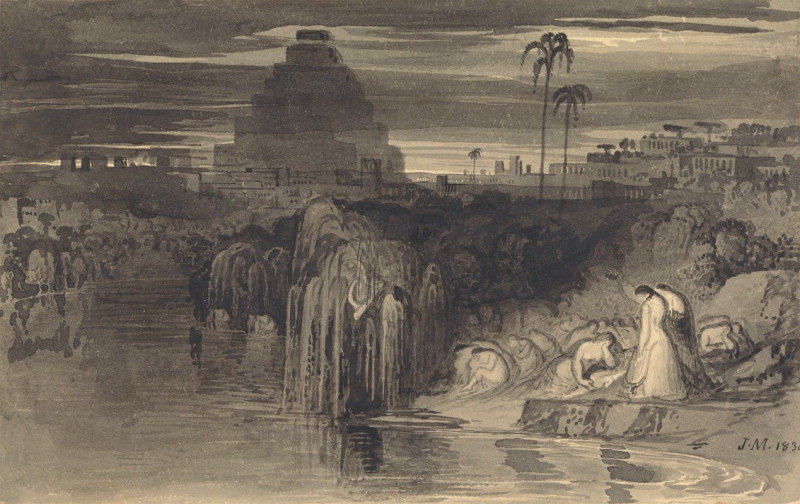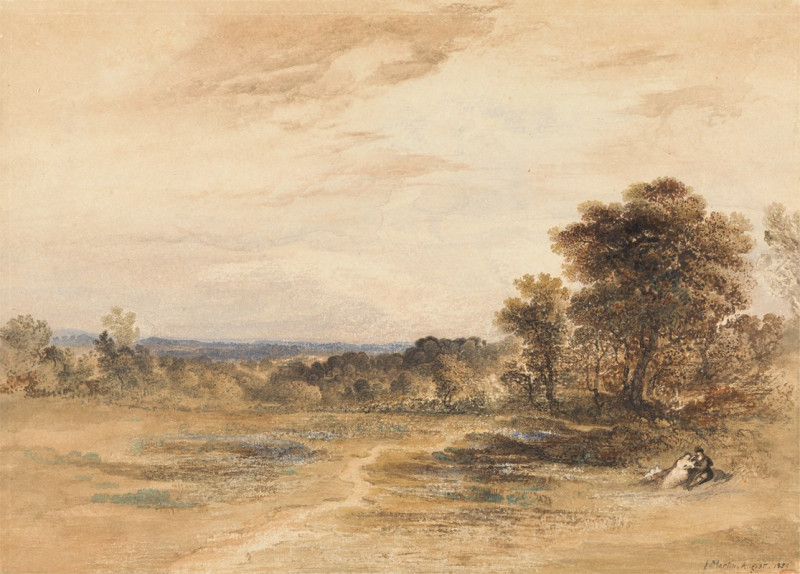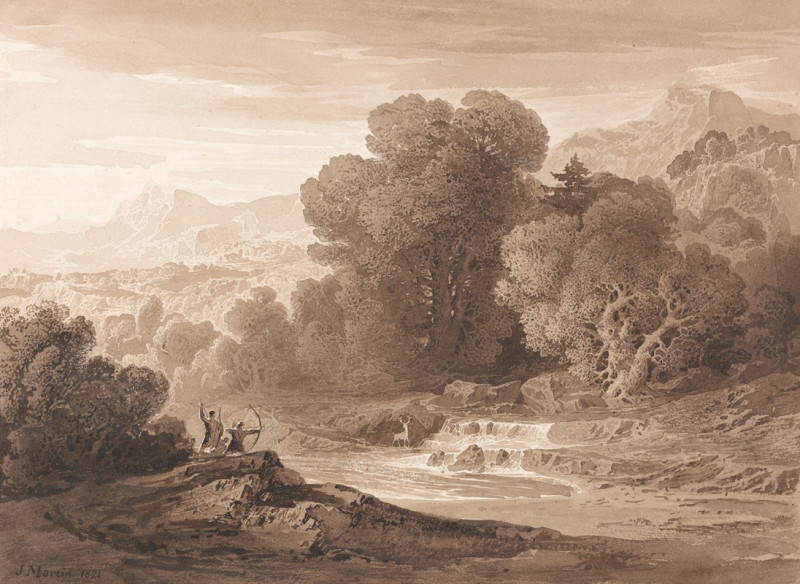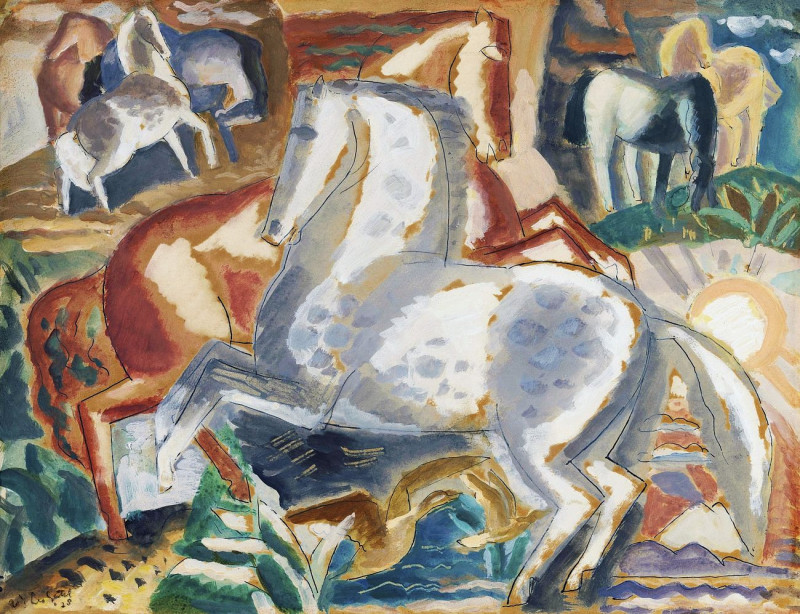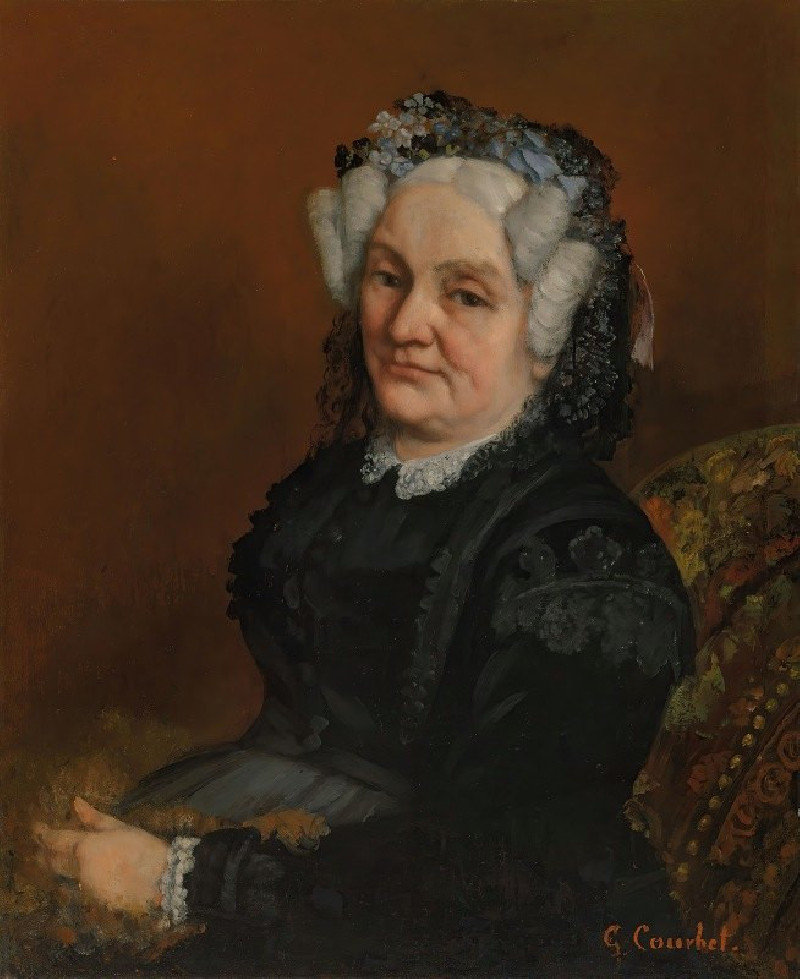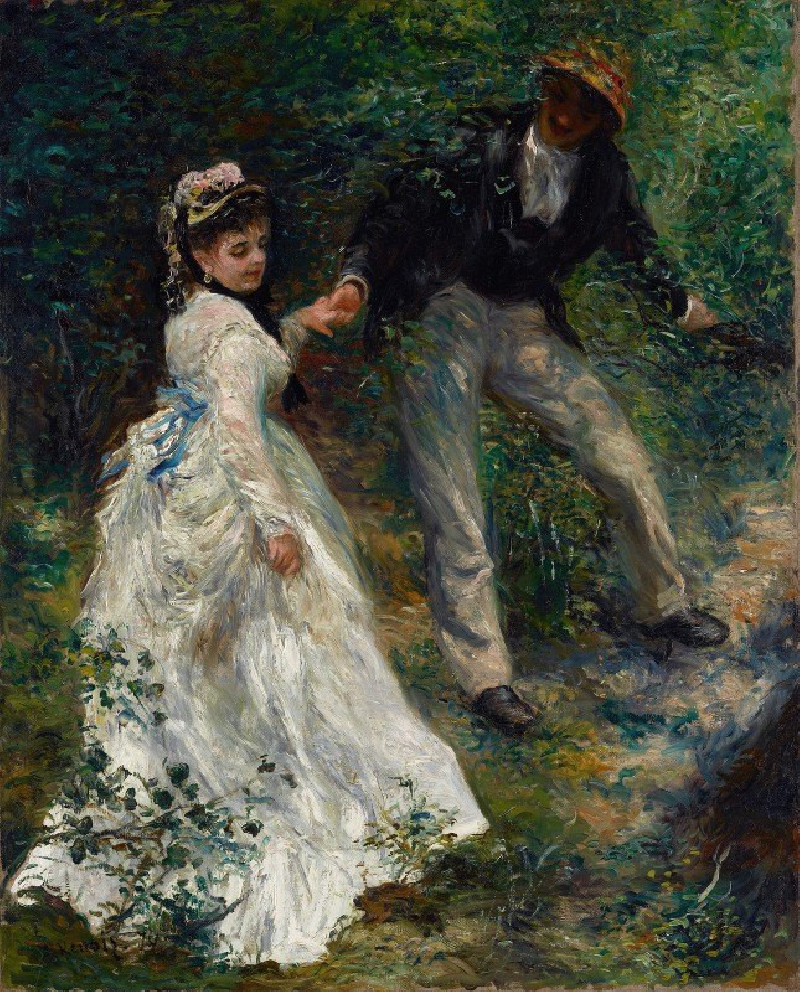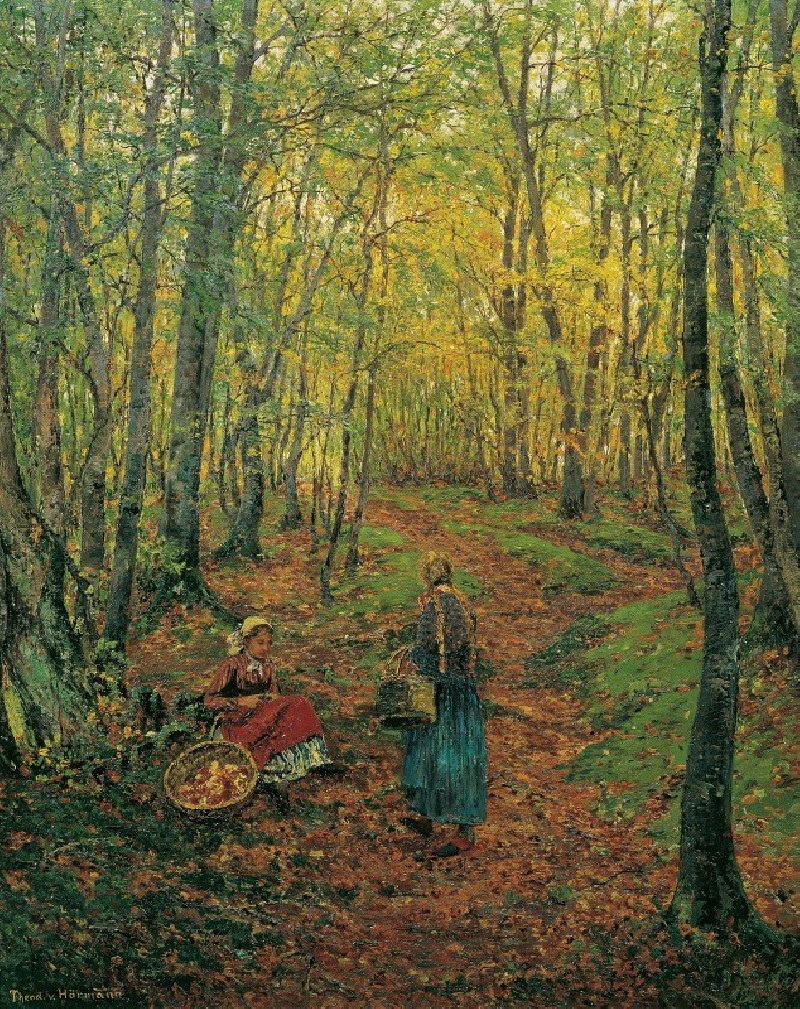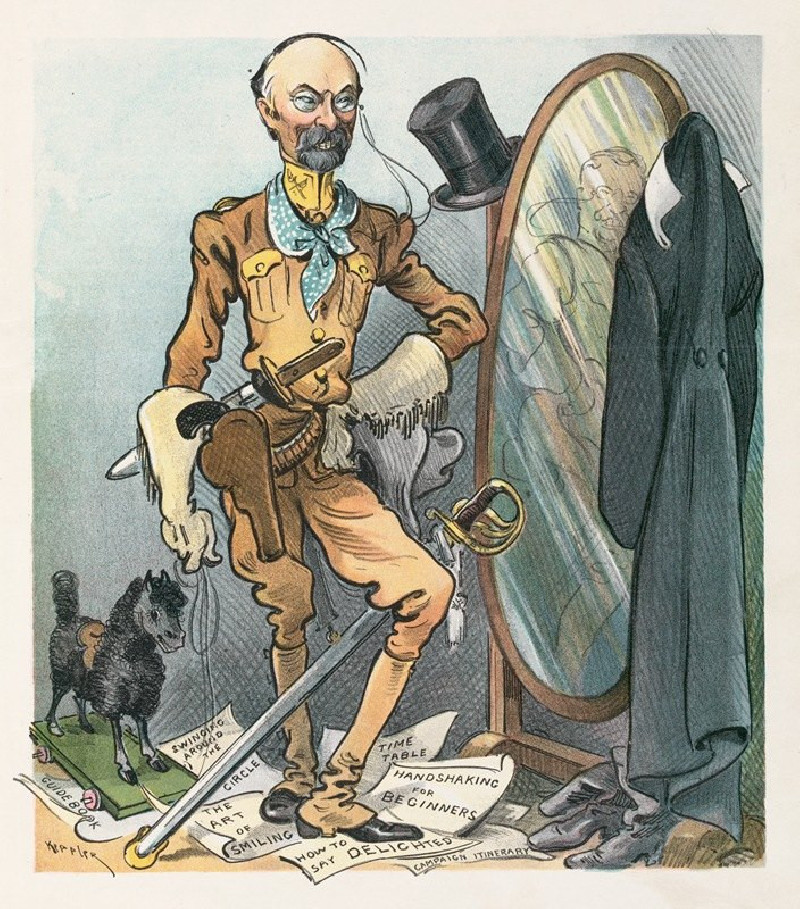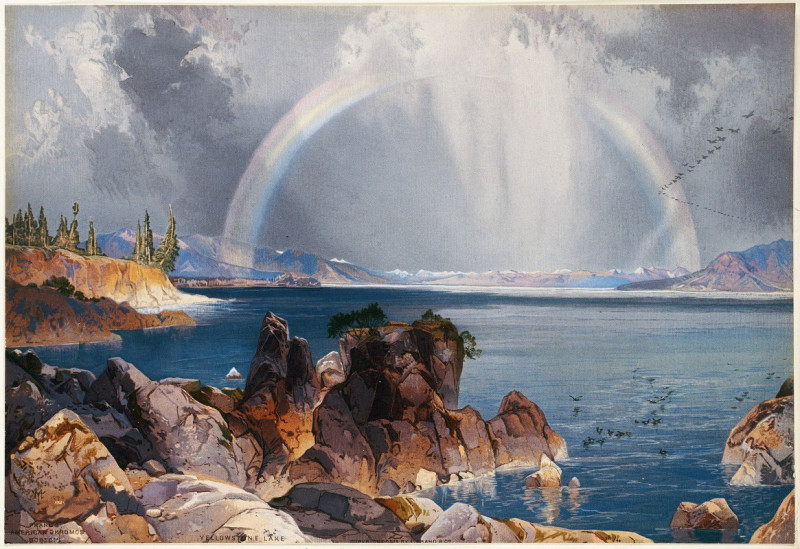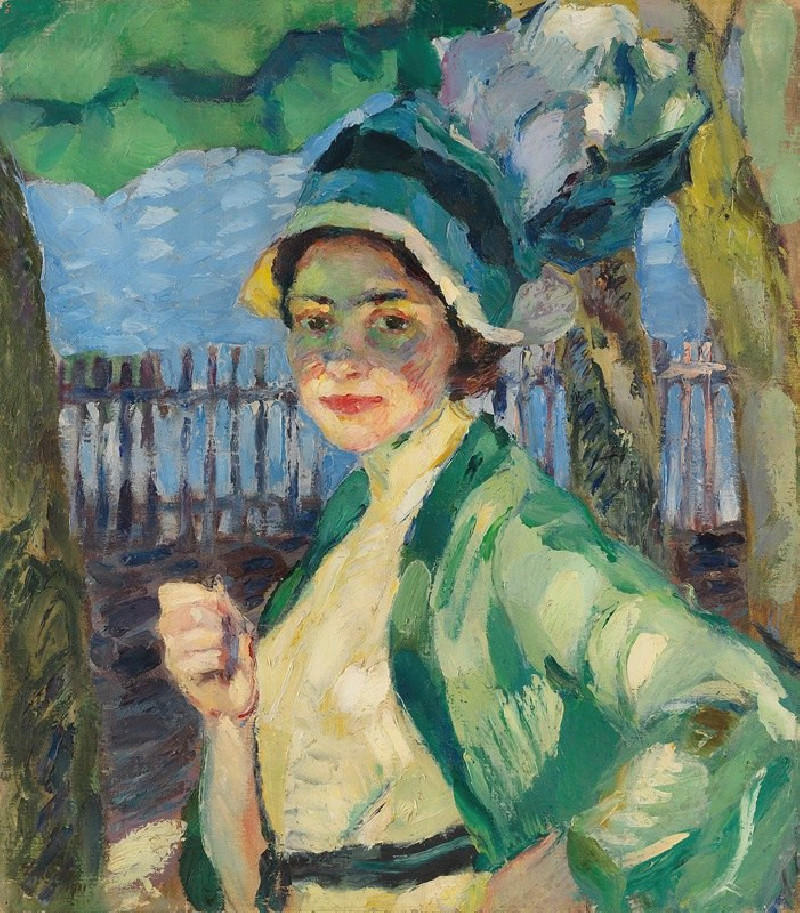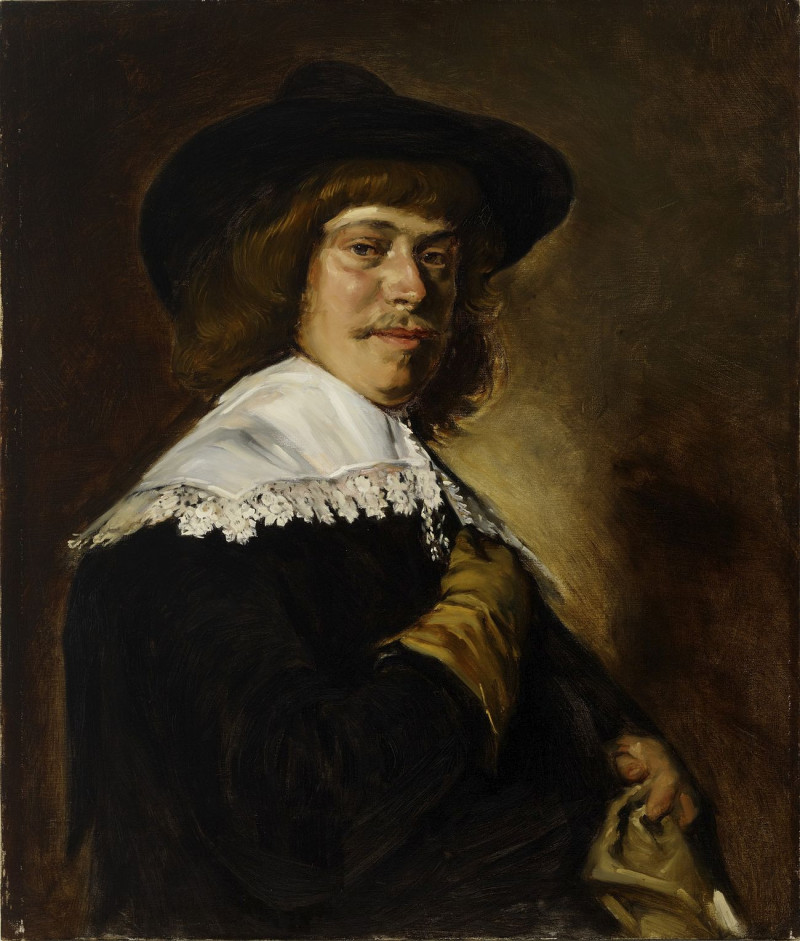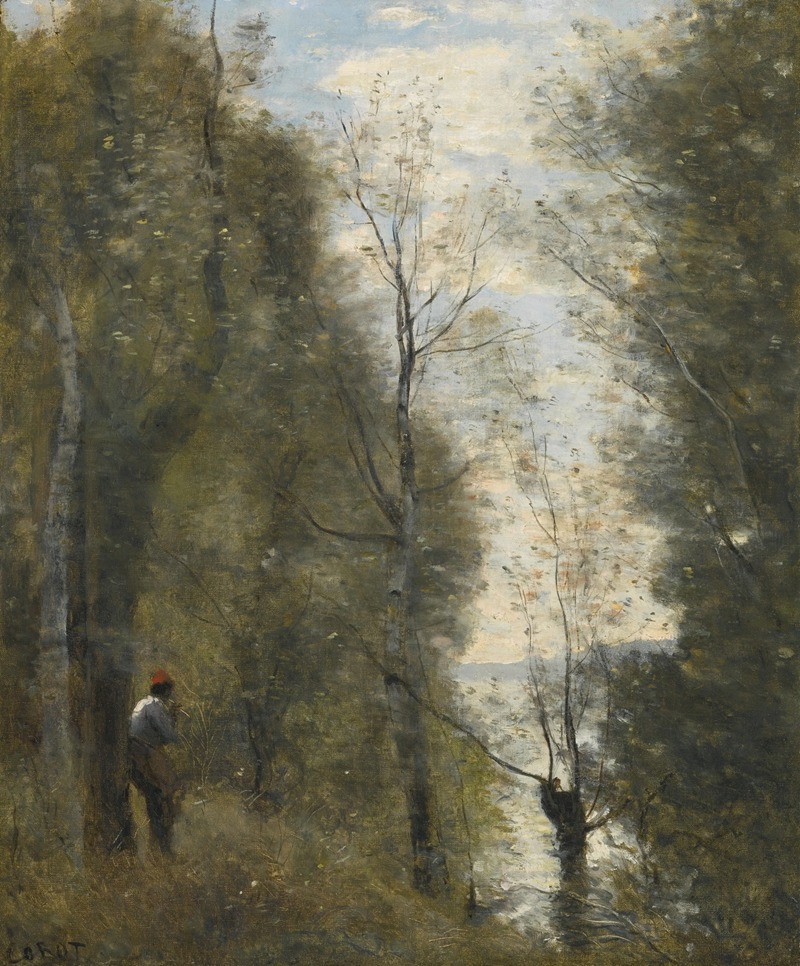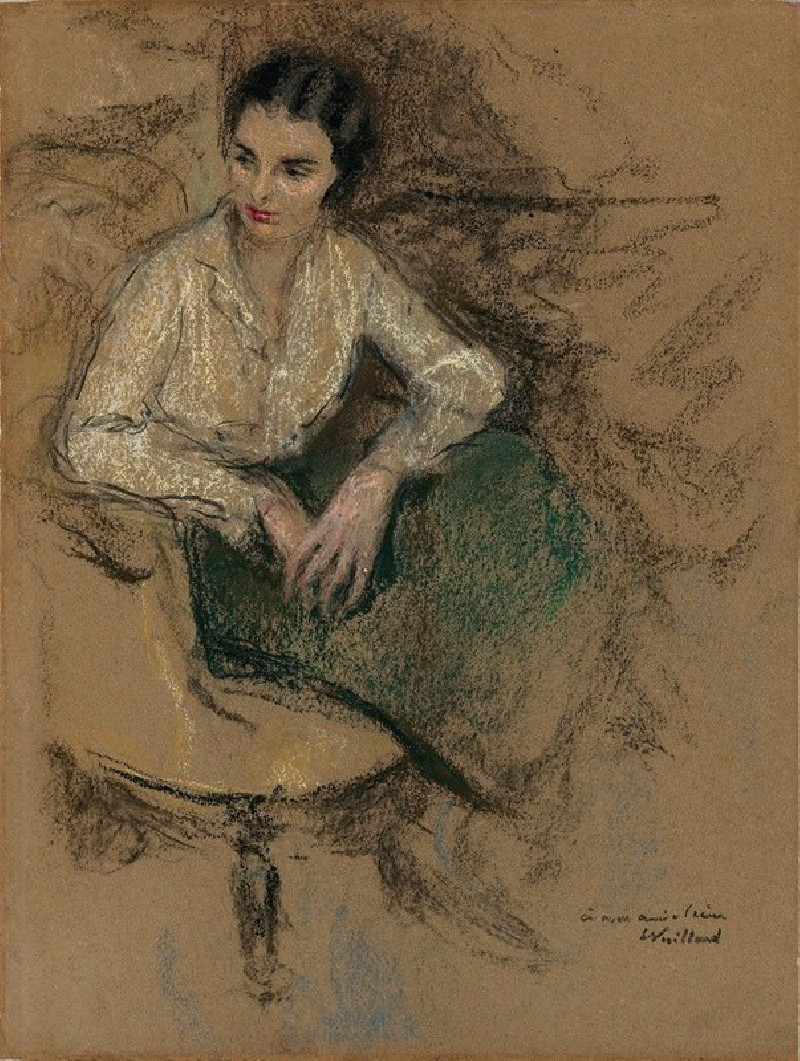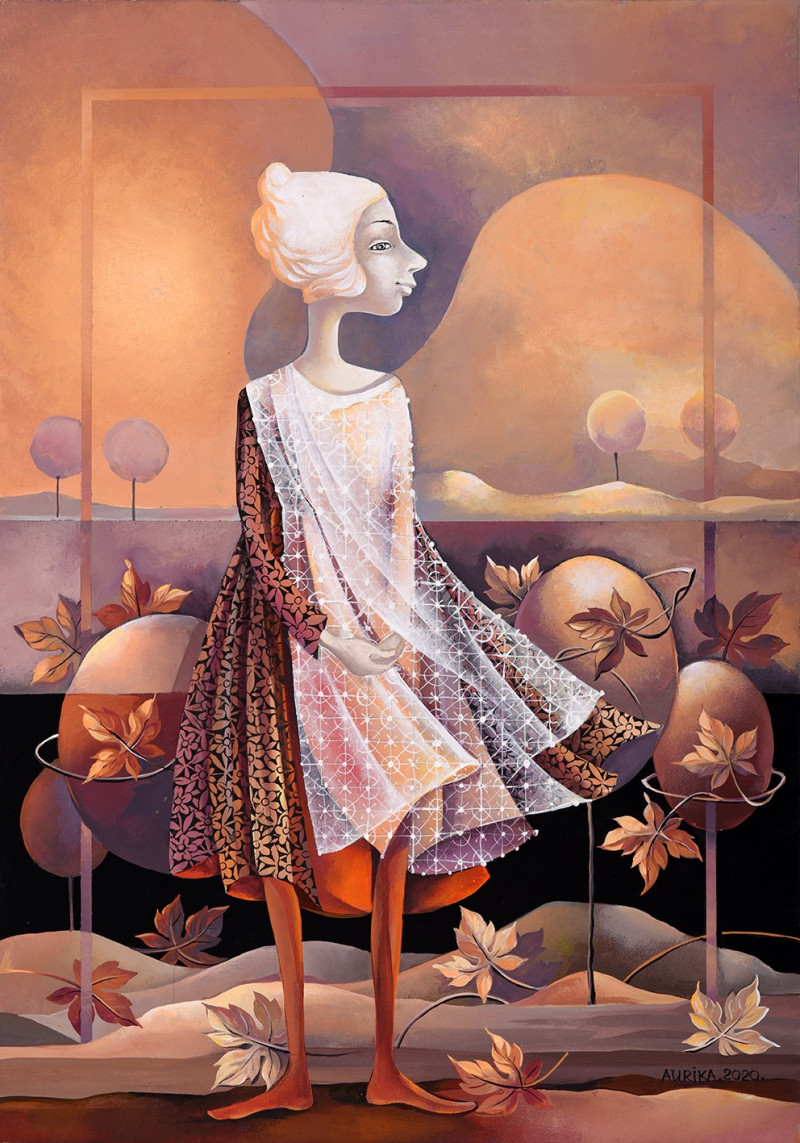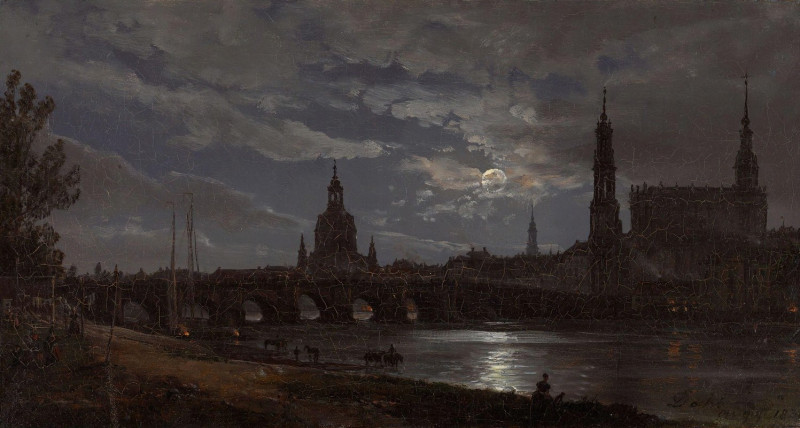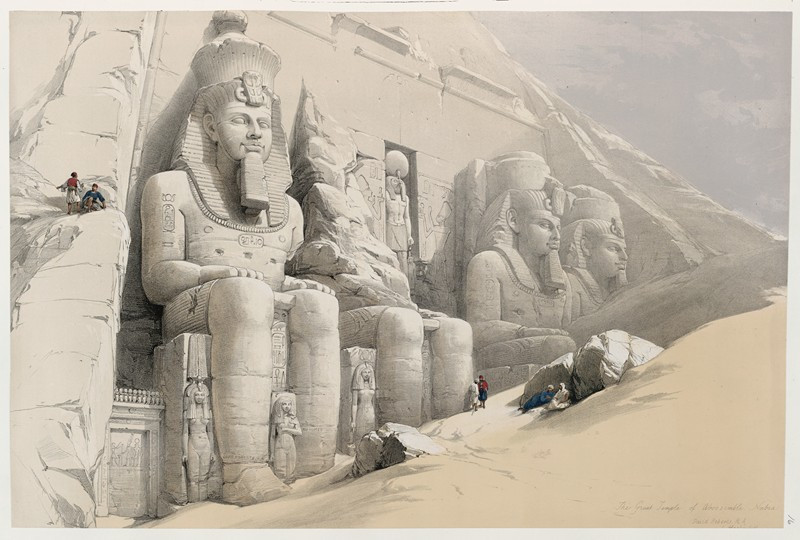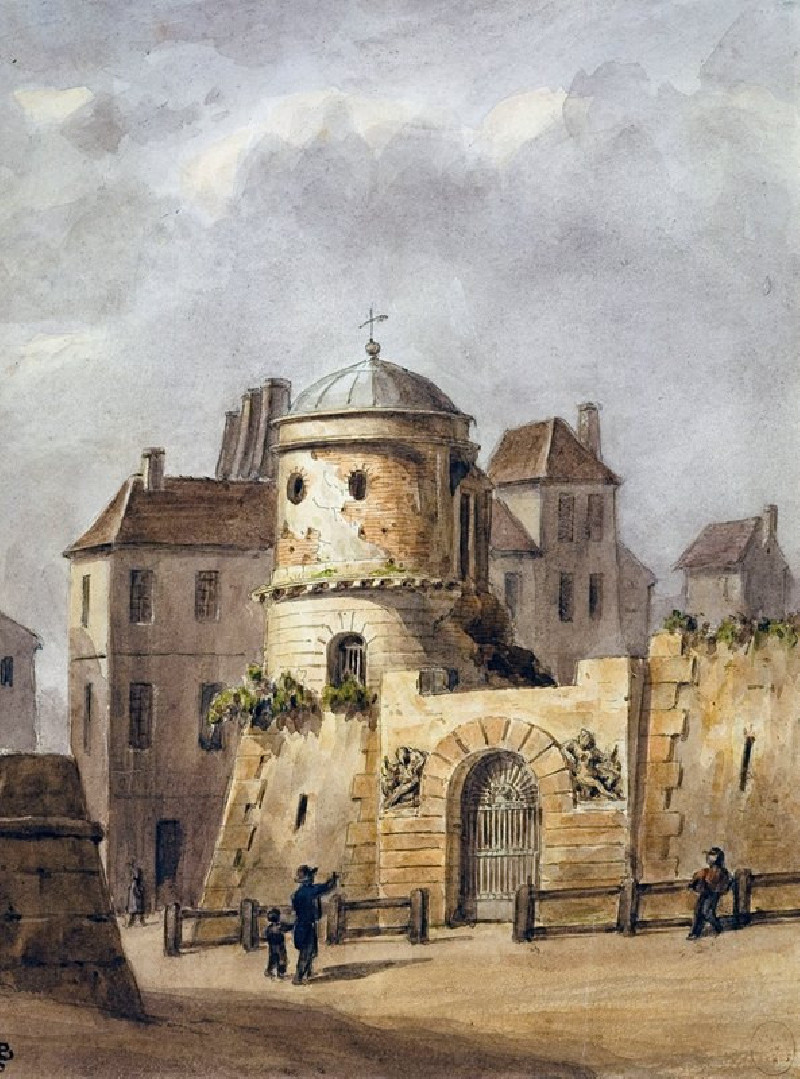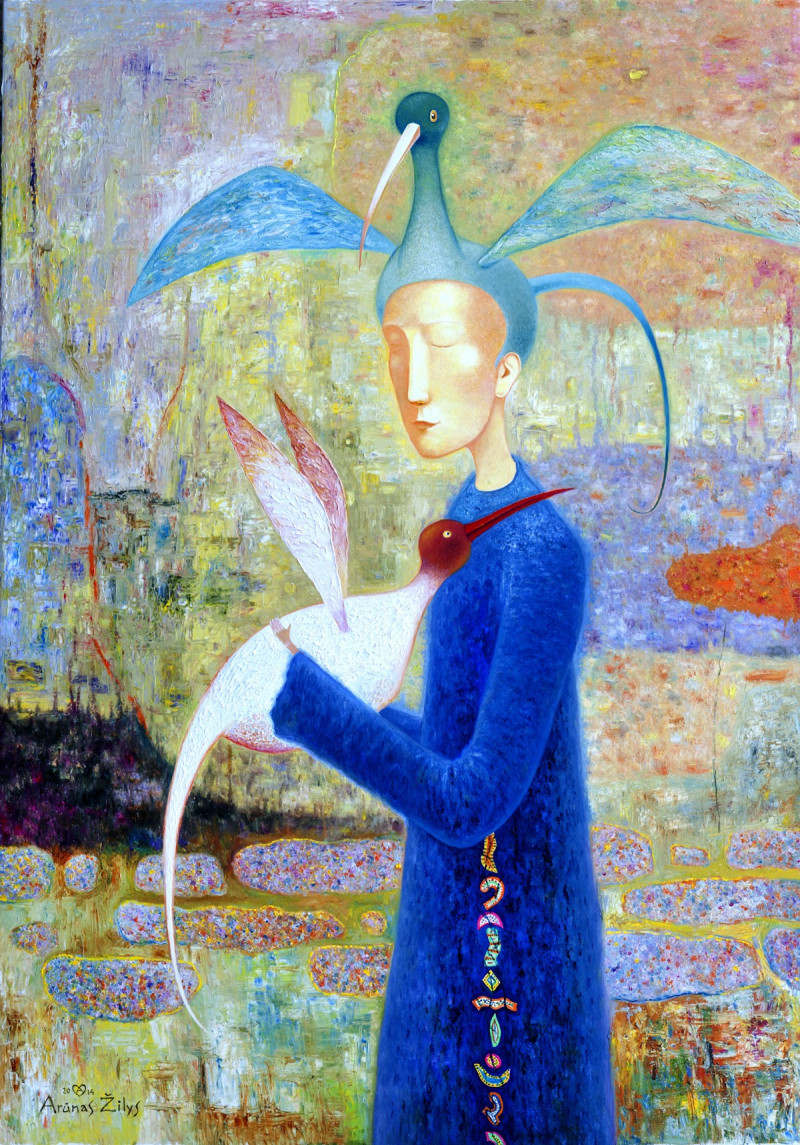The Conflict Between Satan And Death (1832)
Technique: Giclée quality print
Recommended by our customers
More about this artwork
John Martin’s painting, "The Conflict Between Satan and Death," stirs the imagination with its dramatic depiction of mythological grandeur and bleak underworld scenes. This compelling work, crafted in 1832, draws heavily on the themes of ancient narratives and divine warfare, presenting an intense visual experience rooted in the depths of mythic battles.In this painting, John Martin brings to life a fierce encounter between two powerful figures: Satan, depicted as a muscular entity with a defiant pose and brandished weapon, and the more shadowy figure of Death. The canvas is dominated by intense shadows and fiery hues that emphasize the dark, foreboding environment, hinting at the chaos of hell or a similarly dismal realm.Satan, standing prominently in the foreground, is armed with a spear and protected by a shield, exuding aggression and authority. Opposite him, Death recoils, the details of this figure evoke both fear and desperation. The background further sets the stage for this supernatural squabble, with ghostly architectures and tortured souls carrying the aura of dire prophecies and eternal damnation.John Martin, known for his fascination with the sublime and the epic scale of biblical and mythological subjects, uses this painting to explore themes of power, divine conflict, and the struggles that shape the cosmos. The artwork serves not only as an example of Romanticism's allure with the dramatic and the terrifying but also as an introspective piece on the consequences and eternalness of cosmic battles.
Delivery
Returns
John Martin was an English Romantic painter, engraver and illustrator. He was celebrated for his typically vast and melodramatic paintings of religious subjects and fantastic compositions, populated with minute figures placed in imposing landscapes. Martin's paintings, and the prints made from them, enjoyed great success with the general public—in 1821 Thomas Lawrence referred to him as "the most popular painter of his day"—but were lambasted by John Ruskin and other critics.


